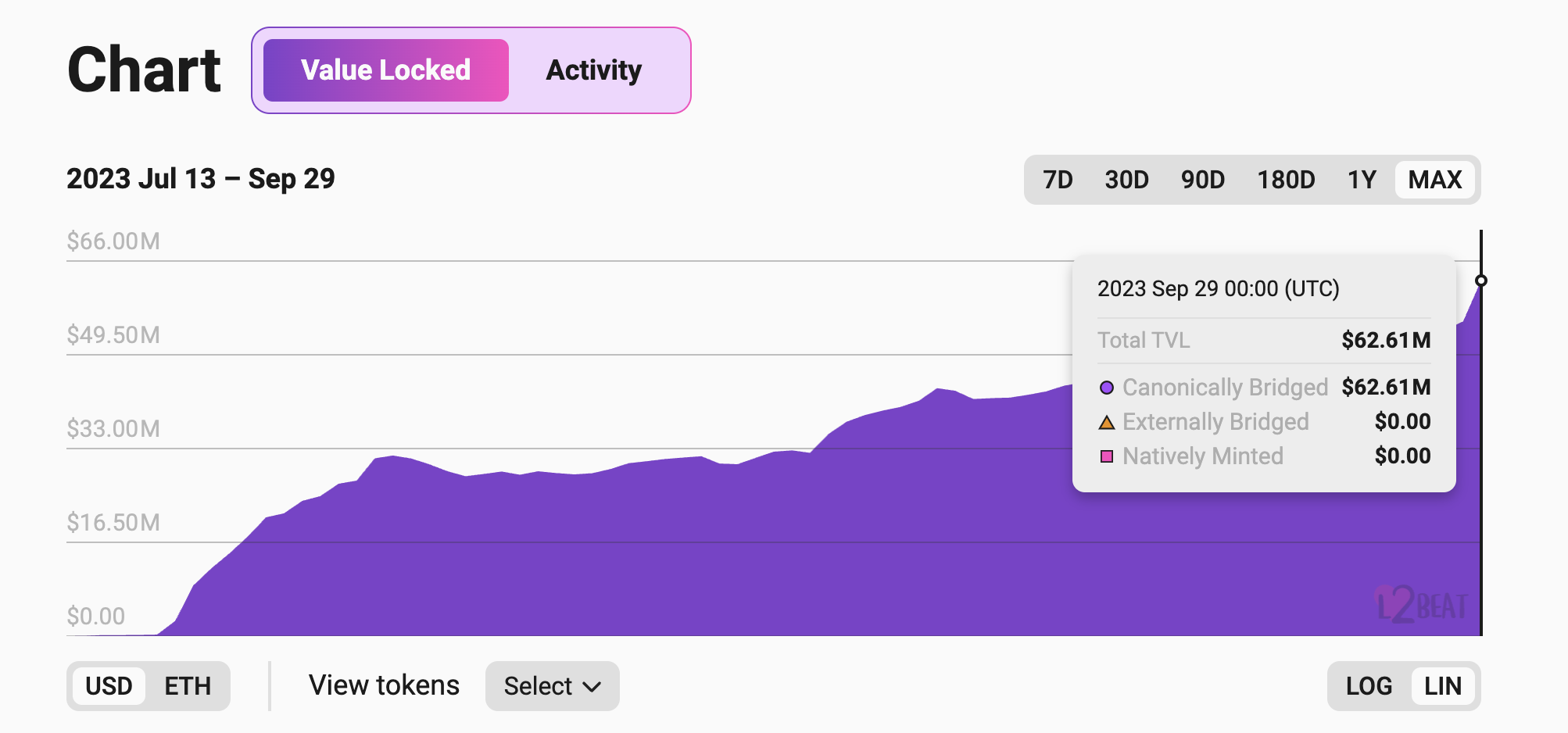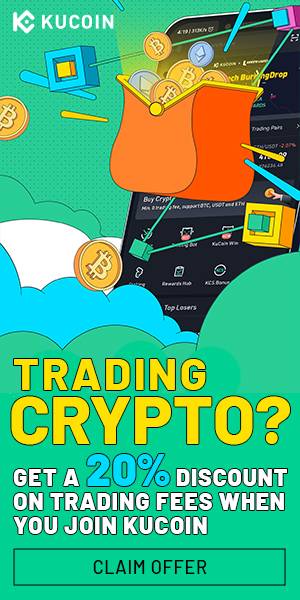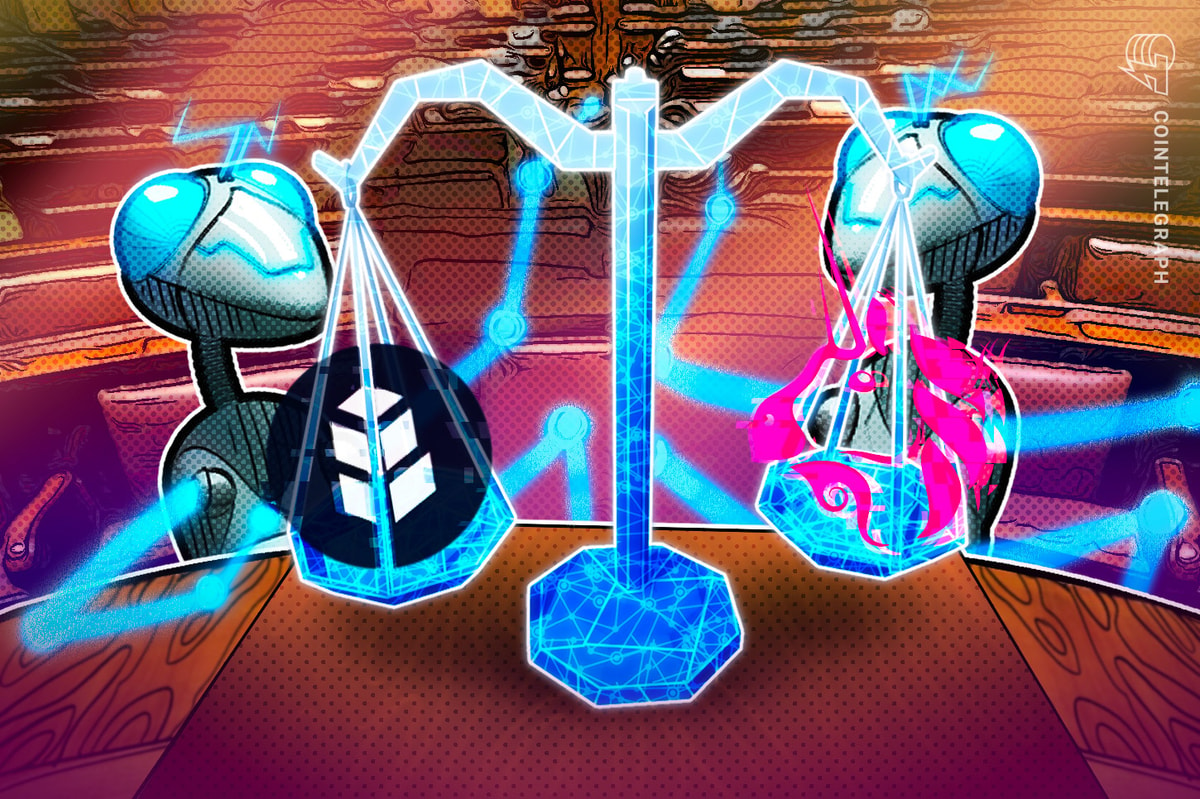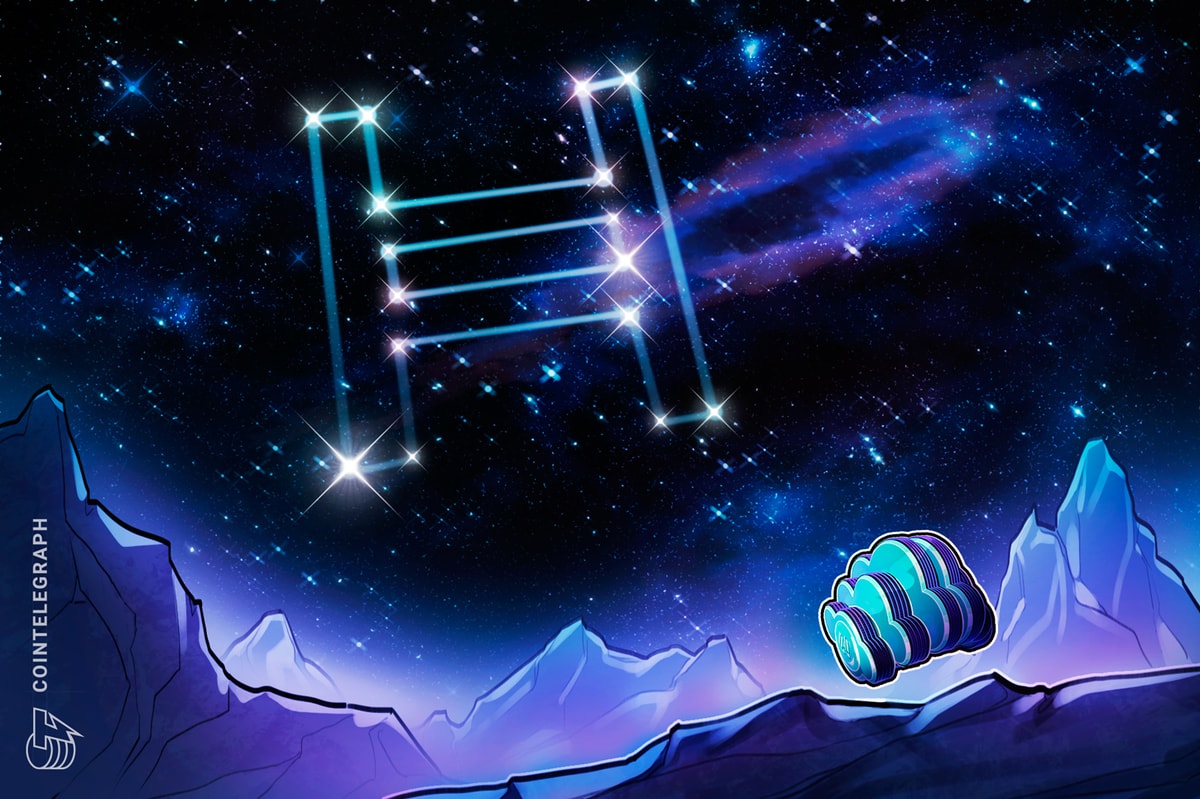Linea is a newer Layer 2 (L2) scaling solution built atop the Ethereum blockchain, designed to enhance transaction efficiency and reduce costs.
Developed by Consensys, the creators of the widely-used MetaMask wallet, Linea offers seamless integration with the Ethereum Virtual Machine (EVM), allowing for the deployment of existing applications and the creation of new ones that would be prohibitively expensive on the Ethereum mainnet
How Linea works
Linea’s architecture has three main pieces: a sequencer for transaction management, a prover that uses zero-knowledge (zk) cryptography to validate transactions, and a bridge relayer to ensure seamless communication between Linea and Ethereum.
This architecture, combined with its general zkEVM L2 style, is designed to allow Linea to process transactions swiftly and cost-effectively, then aggregate these transactions and securely report them to Ethereum.
However, it’s important to note that Linea is still under development. The young L2 currently operates with a centralized sequencer, which can introduce risks like MEV extraction if the operator abuses their position. Funds might be frozen if the sequencer omits an exit transaction. Additionally, the upgradability of Linea’s smart contracts, including the zkEVM contract, poses potential risks if malicious upgrades are introduced despite existing upgrade delays.
All that said, the plan is to evolve and decentralize Linea over time, so the network’s developers are working to address these issues.
The pulse of Base
Consensys activated Linea’s public alpha launch on July 18, 2023. Since then, the network has racked up over $62 million USD worth of total value locked (TVL), presently making it the 10th-largest L2 in the Ethereum scaling scene.

Zooming in a bit, presently, the largest DeFi apps on Linea include the decentralized exchanges KyberSwap ($3.6M TVL), Velocore V2 ($2.7M TVL), and SyncSwap ($2.7M TVL).
What you need to use Linea
A wallet — MetaMask is one obvious option here since it natively supports Linea, but you can also add the L2 to other Ethereum wallets using Chainlist
Starter ETH — like you need ETH for gas on Ethereum, you need ETH to pay for transactions on Linea; if you have ETH on Ethereum, you can then bridge some over to use on Linea
How to bridge to Base
If you’d like to bridge ETH to Linea, a basic starting point is the native Linea Bridge. Simply input the amount of ETH you want to deposit, confirm the transaction with your wallet, and then wait for your funds to arrive on the Linea network.
Since the network is a zkEVM, it will take up to 32 hours for withdrawals to process via this native Linea Bridge. If you’d like quicker withdrawals, you can consider using 3rd-party “fast” bridges like Layerswap.
What to do on Linea
Currently, the main way to find projects to try on Linea is to explore the Linea Ecosystem directory. This database sorts actively deployed Linea apps by category, making it easy to sort through and find exactly the sorts of projects you’re interested in. A few options you might consider to begin with include:
Kyberswap — A decentralized exchange that allows for the trading of various cryptocurrencies
Mirror — A decentralized publishing platform where writers can mint their articles as NFTs
Omnisea — A platform that provides tools for NFT projects, including analytics and marketplace features
Additional Linea resources
If you’re interested in learning more about Base and enhancing your comprehension of this L2, there are plenty of great resources available. Be sure to also check out:
Zooming out
Looking ahead, Linea seems well-positioned to make significant strides in the Ethereum ecosystem going forward. Its native integrations with Consensys products, such as MetaMask and Truffle, not only bolster its technical foundation but also provide a substantial distribution advantage. As the crypto landscape evolves, such strategic alignments could be pivotal in propelling Linea to the forefront of L2 solutions.
Read More: www.bankless.com












 Bitcoin
Bitcoin  Ethereum
Ethereum  Tether
Tether  XRP
XRP  Solana
Solana  USDC
USDC  Dogecoin
Dogecoin  Cardano
Cardano  TRON
TRON  Lido Staked Ether
Lido Staked Ether  Wrapped Bitcoin
Wrapped Bitcoin  Sui
Sui  Wrapped stETH
Wrapped stETH  Chainlink
Chainlink  Avalanche
Avalanche  Stellar
Stellar  Hyperliquid
Hyperliquid  Shiba Inu
Shiba Inu  Hedera
Hedera  LEO Token
LEO Token  Bitcoin Cash
Bitcoin Cash  Toncoin
Toncoin  Litecoin
Litecoin  USDS
USDS  Polkadot
Polkadot  WETH
WETH  Monero
Monero  Bitget Token
Bitget Token  Binance Bridged USDT (BNB Smart Chain)
Binance Bridged USDT (BNB Smart Chain)  Wrapped eETH
Wrapped eETH  Pepe
Pepe  Pi Network
Pi Network  Ethena USDe
Ethena USDe  Coinbase Wrapped BTC
Coinbase Wrapped BTC  WhiteBIT Coin
WhiteBIT Coin  Aave
Aave  Dai
Dai  Bittensor
Bittensor  Uniswap
Uniswap  NEAR Protocol
NEAR Protocol  Aptos
Aptos  OKB
OKB  Jito Staked SOL
Jito Staked SOL  Ondo
Ondo  BlackRock USD Institutional Digital Liquidity Fund
BlackRock USD Institutional Digital Liquidity Fund  Tokenize Xchange
Tokenize Xchange  Cronos
Cronos  Ethereum Classic
Ethereum Classic